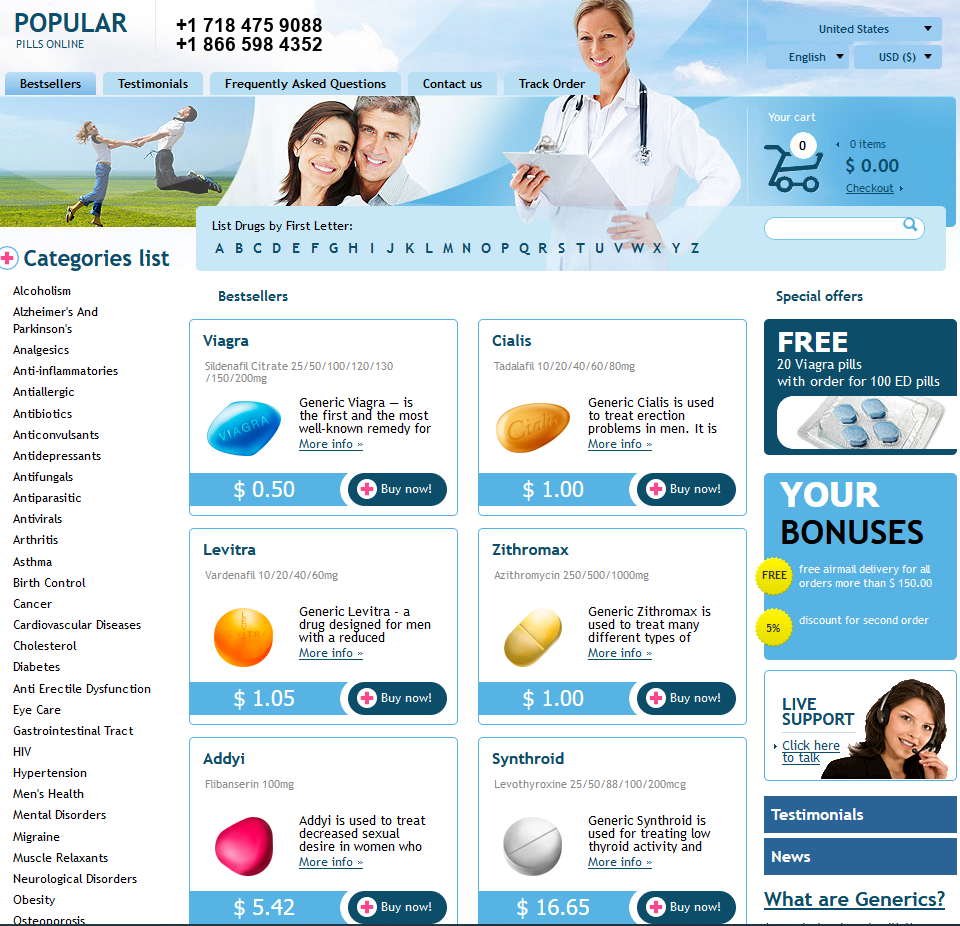To Buy Tirzepatide Online Visit Our Pharmacy ↓
 Tirzepatide Vs. Traditional Insulin: Efficacy and Safety
Tirzepatide Vs. Traditional Insulin: Efficacy and Safety
Exploring the Mechanism of Action: Tirzepatide Vs. Insulin
In the realm of diabetes treatment, the distinct mechanisms of action of tirzepatide and insulin reveal intriguing contrasts. Insulin directly regulates blood glucose levels by promoting cellular uptake, a mechanism well-understood and broadly adopted in diabetes managment. On the other hand, tirzepatide, which combines GLP-1 and GIP receptor agonism, not only enhances insulin secretion in response to meals but also curtails glucagon release, diminishing appetite.
Such bifurcated action positions it as a potent contender in the diabetic therapeutic landscape, yet its precise benefits and efficacy compared to traditional insulin therapy require careful analysis.
| Drug | Mechanism |
|---|---|
| Insulin | Promotes glucose uptake |
| Tirzepatide | Enhances insulin secretion, reduces glucagon |
Comparing Efficacy: Insulin and Tirzepatide in Diabetes Management

Tirzepatide has emerged as a novel contender in diabetes managment, showcasing a multifaceted approach by combining glucagon-like peptide-1 (GLP-1) receptor and glucose-dependent insulinotropic polypeptide receptor agonists. This dual mechanism unleashes a potent effect on blood sugar levels, potentially surpassing traditional insulin's capabilities. While insulin remains a cornerstone in diabetes care, its efficacy is often influenced by precise dosing and timing. In contrast, clinical trials have demonstrated that patients using tirzepatide can experience significant reductions in HbA1c levels, a critical marker in diabetes control. These findings highlight tirzepatide's potential not only to improve glycemic control but also to provide a more convenient solution for patients seeking effective diabetes management.
Safety Profile: Key Concerns and Considerations for Both Treatments
Tirzepatide has entered the spotlight with its distinct safety profile, drawing comparisons to traditional insulin. As with any diabetes treatment, the possibility of side effects is a real concern. Hypoglycemia, often associated with insulin, is less of a worry with tirzepatide, but it isn't completely absent. Gastrointestinal issues, however, are more commonly reported. While these side effects can impact patient well-being, experts generally find them to be transient. It's important to recieve regular monitoring from healthcare providers to ensure any adverse effects are identified early. Balancing efficacy and side effects is crucial to making informed decisions in diabetes care and patient managment.
Patient Experience: Impacts on Lifestyle and Quality of Life

Living with diabetes involves more than medication; it intertwines with one's daily routine and overall well-being. Tirzepatide, a novel treatment, could potentially transform these patient experiences. Unlike traditional insulin, Wich often requires meticulous timing and dosage adjustments, tirzepatide offers a simplified administration, possibly reducing the burden on daily activities and enhancing freedom. Patients have reported feeling less constrained by their regimen, allowing both improved health outcomes and a better quality of life. While individual responses may vary, this dual-action therapy shows promise in improving lifestyle integration for many.
Cost Considerations: Tirzepatide and Traditional Insulin Therapy
The economic landscape of diabetes treatment is shifting with the introduction of tirzepatide. While insulin has been the cornerstone of diabetes management, its ongoing costs can strain healthcare resources, especially for those without adequate insurance coverage. Compared to traditional insulin therapy, tirzepatide, a novel treatment, presents a different financial dynamic, often ushering in an intial period of higher costs due to its novelty.
The table below illustrates a simplified comparison of the cost considerations associated with both treatments:
| Treatment | Initial Costs | Long-term Costs |
|---|---|---|
| Traditional Insulin | Lower | Steady |
| Tirzepatide | Higher | Potentially Decreasing with Greater Market Adoption |
For patients, the choice between insulin and tirzepatide might not just hinge on clinical efficacy but also on financial viability. As insurers and goverment bodies evaluate these therapies, rebates and long-term cost-effectiveness become crucial in shaping accessibility for broad usage.
Future Perspectives: Emerging Trends in Diabetes Treatments
As we look towards the future, advancements in diabetes treatments promise to revolutionize patient care. Research into peptide therapies, such as tirzepatide, highlights a paradigm shift from traditional insulin approaches. These treatments aim to better acommodate individual needs by reducing glucose levels while minimizing side effects. Innovations like continuous glucose monitoring and artificial pancreas systems are emerging to give patients greater control over their health. As these technologies become more integrated into daily life, healthcare providers and patients alike can expect significant improvements in diabetes managment. Keeping informed on these trends will be crucial.
